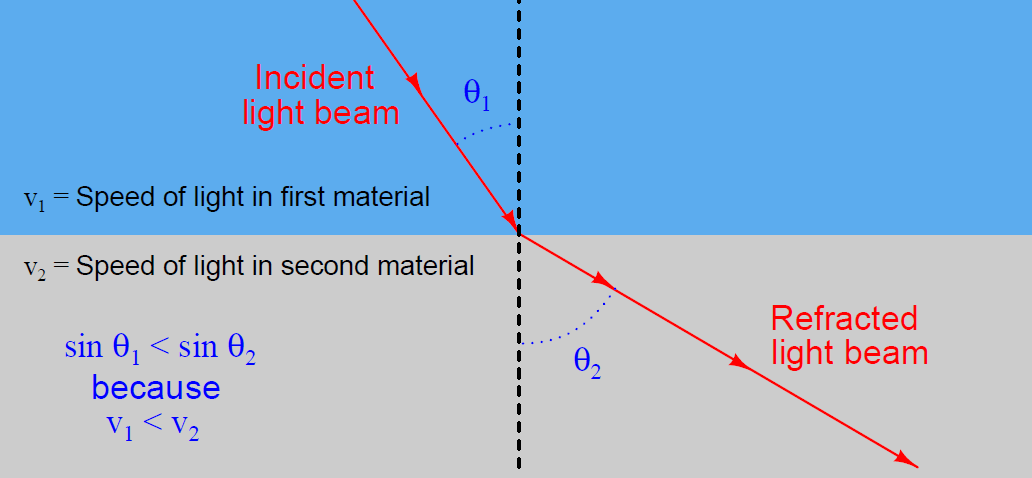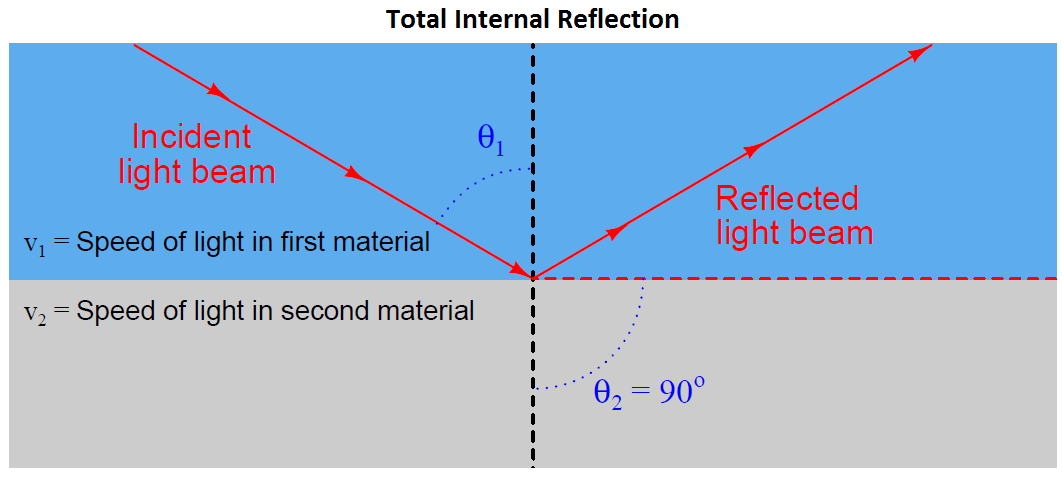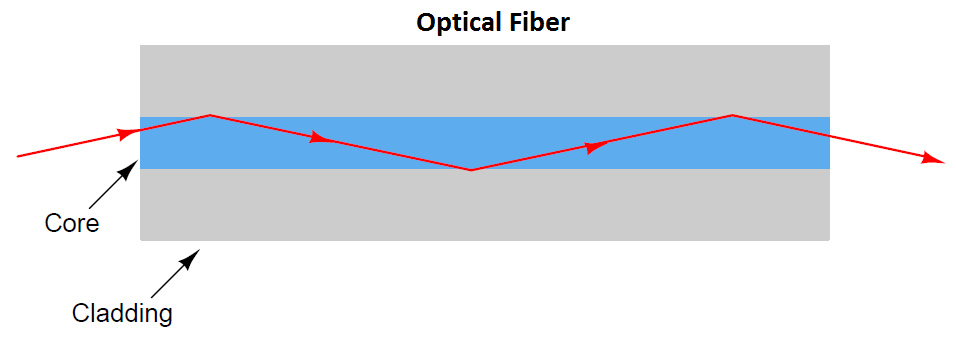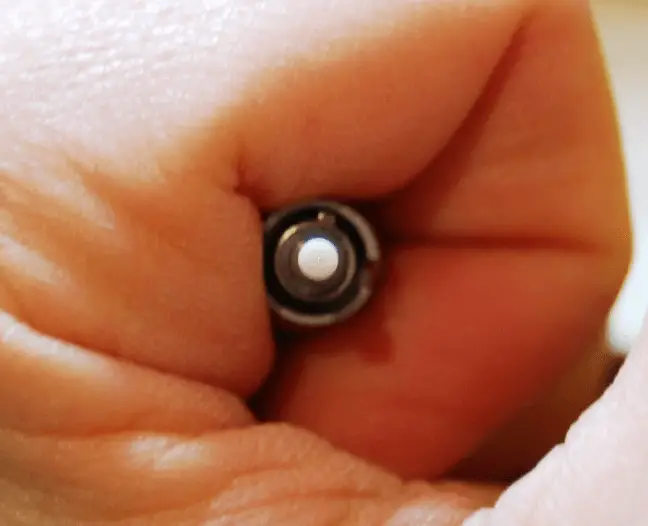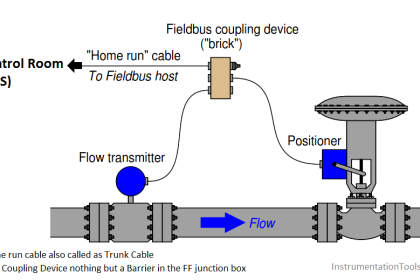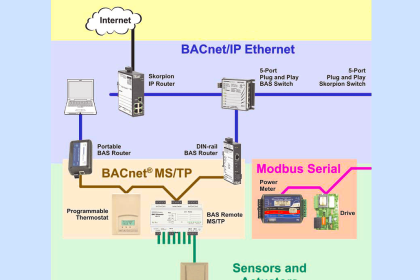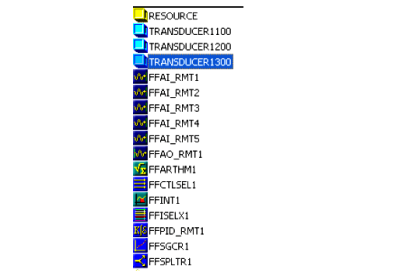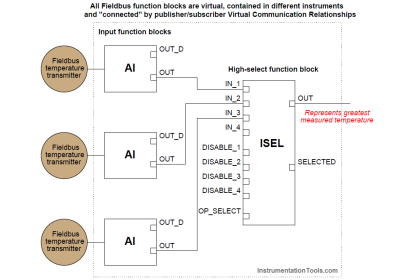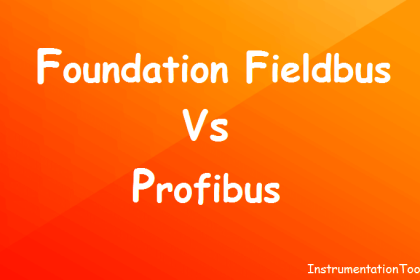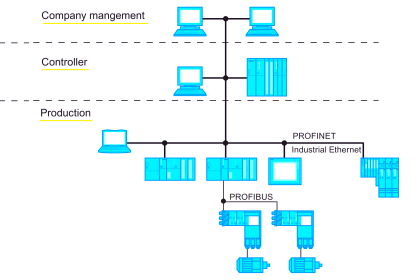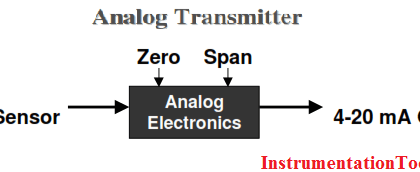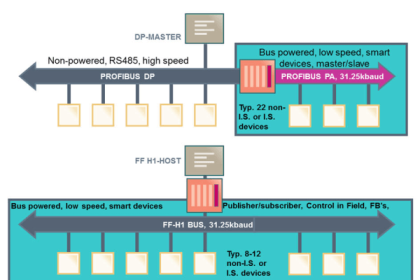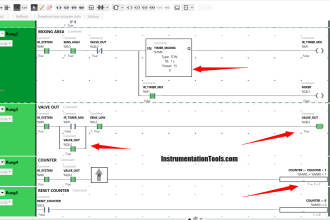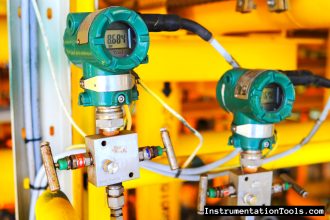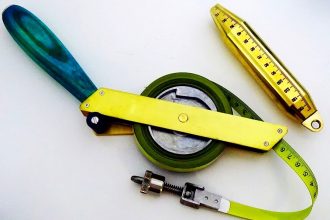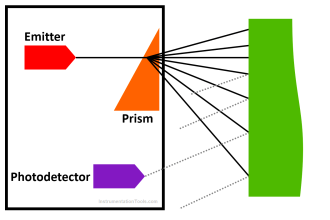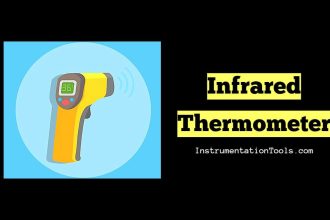Communication-grade optical fibers are manufactured from fused silica (SiO2) glass of exceptional purity. A single strand of optical fiber made from this glass called the “core” serves as a waveguide for the light. The core is surrounded by another layer of glass called the “cladding” which has a different index of refraction necessary to “channel” the majority of the optical energy through the core and inhibit “leakage” of optical power from the cable. Additional layers of plastic and other materials around the core/cladding center provide coloring (for fiber identification in multi-fiber cables), protection against abrasion, and tensile strength so the cable will not suffer damage when pulled through conduit.
The purpose of building a fiber optic cable with a core and a cladding having different refractive indices (i.e. different speeds of light) is to exploit a phenomenon called total internal reflection, whereby rays of light reflect off the interface between core and cladding to prevent its unintentional escape from the core at any point along the length of the fiber.
When light crosses an interface between two materials having different speeds, the light beam will become refracted as a function of those two speeds as described by Snell’s Law:
Snell’s Law relates the sine of the incident angle to the sine of the refracted angle as a ratio to each material’s speed of light, the material possessing the greatest speed of light (i.e. the lowest refractive index value) exhibiting the greatest angle as measured from perpendicular to the interface:
According to Snell’s Law, there will be a critical angle at which the incident light ray will refract to being parallel to the interface. Beyond this critical angle, the light ray ideally reflects off the interface and never enters the second material at all. This is the condition of total internal reflection, and it is what we desire in an optical fiber where the core is the first material and the cladding is the second material:
Both the core and cladding of an optical fiber are manufactured from the same base material of ultra-pure fused silica, but “doped” with specific impurities designed to alter the refractive index of each one (raising the refractive index of the core to decrease its optical velocity and lowering the refractive index of the cladding to increase its optical velocity). The diameter of core and cladding vary with the type of optical fiber, but several standard sizes have emerged in the industry, each one specified by the diameter of the core followed by the diameter of the cladding expressed in microns (millionths of a meter). A common optical fiber standard in the United States is 62.5/125 (62.5 micron core diameter, 125 micron cladding diameter), and 50/125 in Europe. Some less common standard core/cladding diameters include 85/125 and 100/140.
To give some perspective on the physical size of an optical fiber core, the following photograph shows the end-view of an “ST” style fiber optic connector for a 50/125 micron cable, held by my hand. A green LED light source is shining into the other end of this cable, the tiny green dot visible at the center of the ST connector revealing the diameter of the 50 micron core:
Several other layers of material must be placed over the core and cladding to form a rugged optical fiber. A plastic jacket with a typical diameter of 250 microns (0.25 mm) covers the cladding, and provides a base for color-coding the fiber. This three-layer construction of core, cladding, and jacket is known in the industry as Primary Coated Optical Fiber, or PCOF.
PCOF is still too fragile for end-user applications, and so another layer of plastic is typically added (900 microns in diameter) to make the fiber Secondary Coated Optical Fiber, or SCOF. When wrapped with fiberglass or Kevlar fibers around the secondary jacket for tensile strength, and a protective PVC plastic outer layer to protect against abrasion, the cable becomes suitable for indoor use. Cables suitable for outdoor, direct burial, and undersea applications usually take the form of groups of PCOF fibers packaged within an extremely rugged encasement with metal strands for tensile strength. Sometimes a gel material helps cushion the fibers from each other within the confines of the cable sheath.
